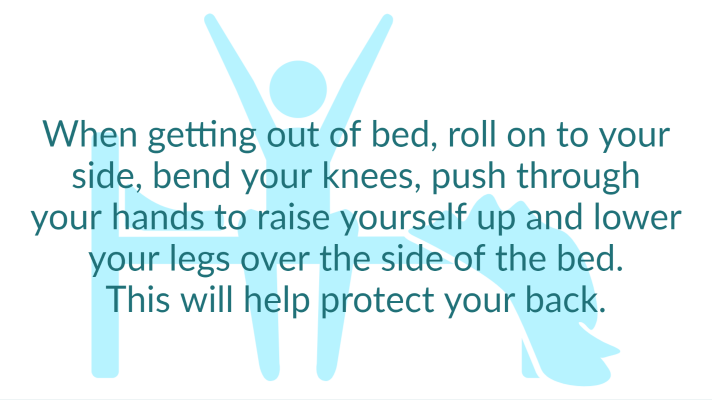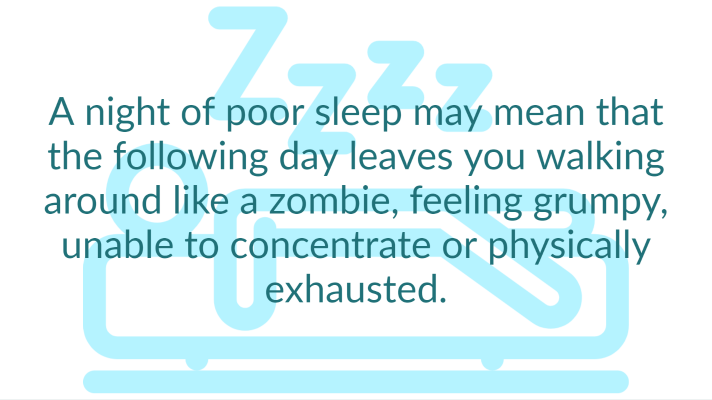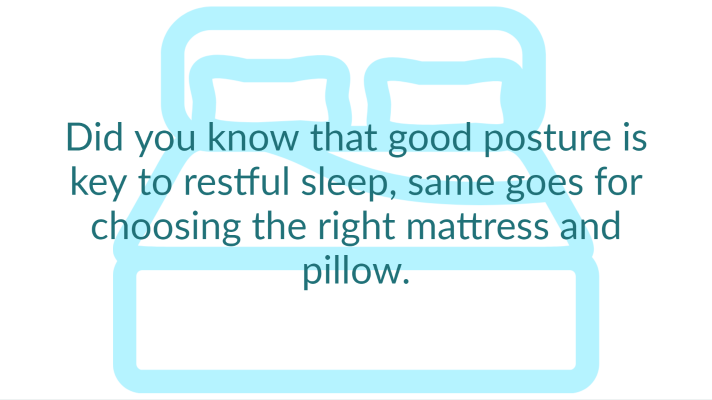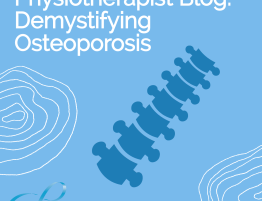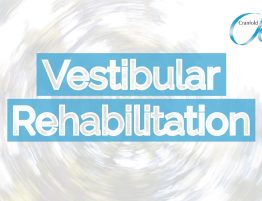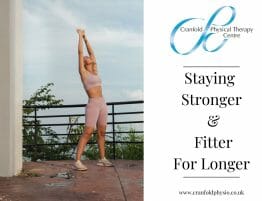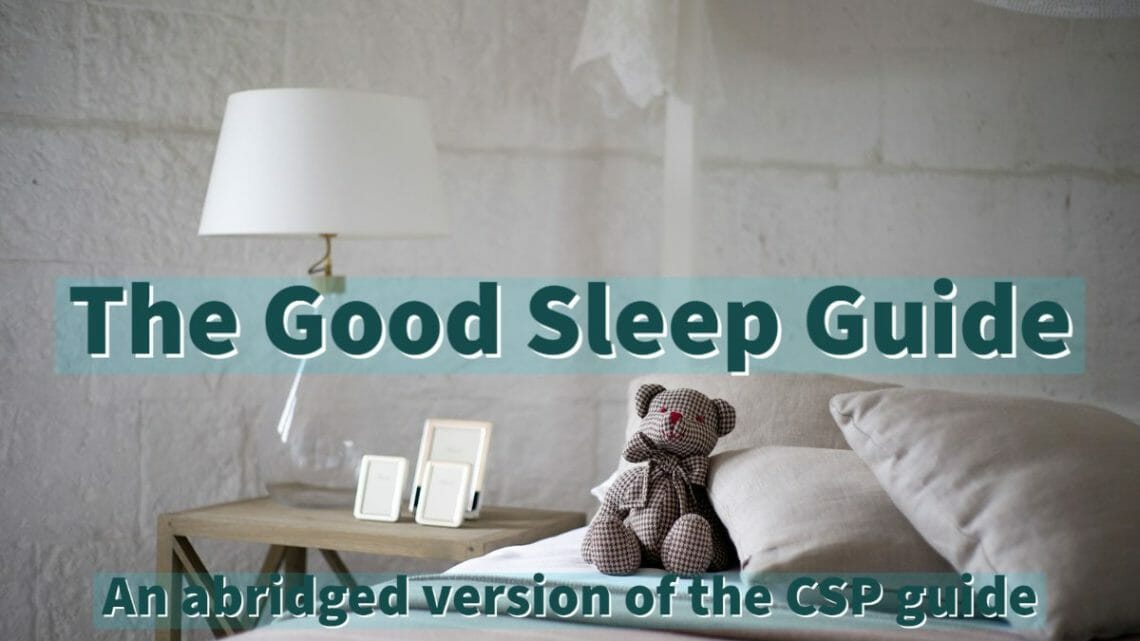
This sleep guide is a general source of information. Individual needs and requirements may vary so please consult a Chartered physiotherapist or professional sleep expert for more specific information and advice.
Midline Position
Some people will only feel comfortable, and subconsciously adopt sleeping in one position, whereas others choose to sleep in a variety of postures.
Chartered physiotherapists recommend keeping the body in the midline.
This means maintaining the natural curves of the spinal structure to minimise stresses and strains.
Getting out of bed
People are at their most vulnerable after a night’s sleep because the spinal discs are full of fluid. Therefore, it is recommended avoiding any strenuous exercises first thing.
Top tips:
Facts
[with a view to help improve your sleep]
- Exercise – gentle exercise for 20 minutes 3x each week can help the body use up excess energy, helping you sleep more easily at night. Try to avoid exercising in the late evening as the endorphins released by the brain during exercise can prevent you from falling asleep. Exercise can help stabilise blood-sugar levels. Low blood-sugar levels can decrease energy and affect our concentration.
- Pillows – the type and number of pillows you use will depend on how wide your shoulders are to the neck, the sleeping position, and personal preferences. Find a balance that enables you to maintain the midline Remember, if you suffer from allergies triggered by dust or feathers, find an appropriate alternative.

- Look after your back – as high as 95% of people suffer from back pain at some point in their lives, and poor posture is often to blame. It is never too early to take care of your back and practice good posture!
- Avoid stress – where possible, minimise the amount of stress in all aspects of your life. Stress can stiffen muscles, making it more difficult to unwind and relax.
- Choosing the right mattress – Chartered Physiotherapists recommend a mixture of support and comfort and opting for a mattress that is on the firm side of medium to further assist in keeping you in the midline position while you sleep.
- Duvets – take note of the tog rating as this is the key thing, twinned with the weave design of keeping you comfortable when sleeping.
- Temperature – maintaining a cool and steady temperature will prove highly beneficial when striving for a decent night’s sleep. Consider things such as what your dress yourself in, covers/no covers, any potential draughts that should be minimised such as open windows or excessive heating etc. which can lead to stiffness and dysfunction.
Write a comment:
You must be logged in to post a comment.




